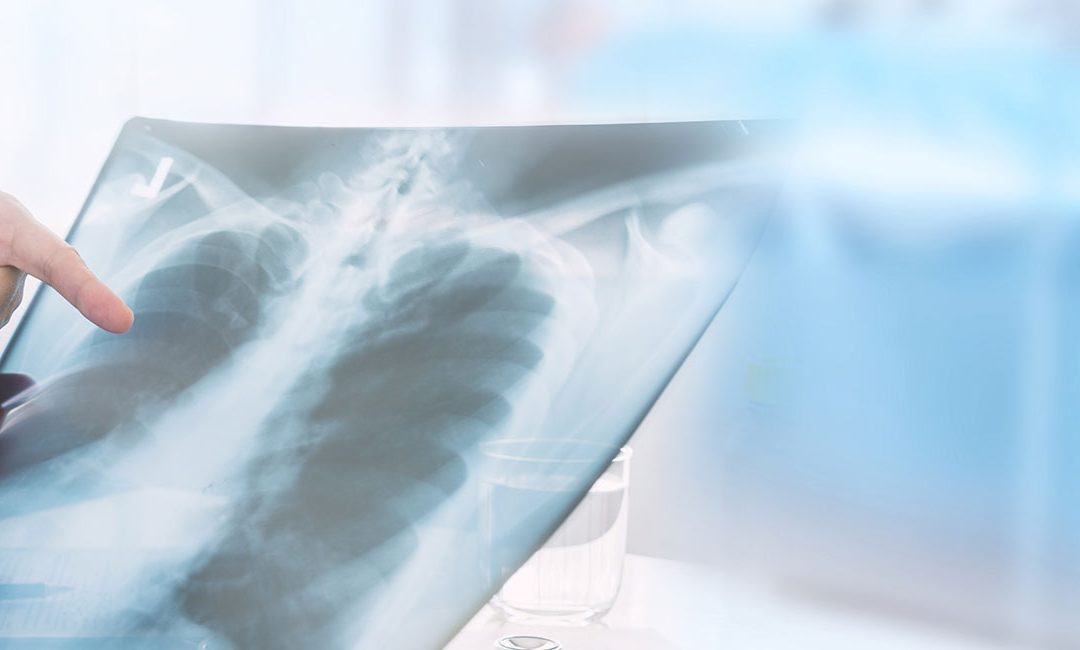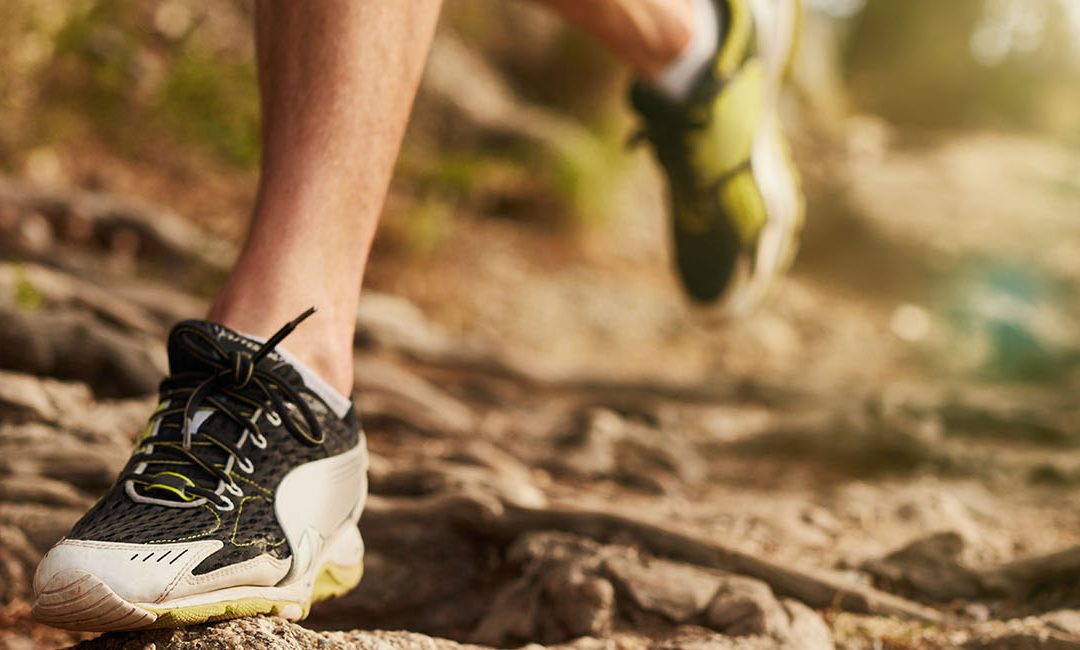Welcome To Our Blog

Ulnar Tunnel Syndrome: Causes, Symptoms And Treatment
Ulnar Tunnel Syndrome affects the ulnar nerve located between the little finger and the wrist. It is one of the three main nerves that extend downwards from the neck to the arms, hand and the little finger. It ensures sensation in the forearm, palm and the fourth and fifth fingers of the hand. This nerve is in fact a part of the brachial plexus and can be constricted at any point in the arm or the hand resulting in pain. Overuse of the hand may subject this nerve to excessive pressure resulting in pain, weakness and/or other types of discomfort. The condition is also known as...

Burners And Stingers: Causes, Symptoms, Diagnosis, Treatment
The Burner or Stinger is a nerve injury commonly found in sportspersons engaged in collision sports such a football, ice hockey, wrestling or rugby. The nerves that cause sensation as well as movement in the arms are bundled at a point between the shoulders and neck called the Brachial Plexus. When a player falls, the top of the shoulder gets hit and the neck as well as the arm gets stretched in opposite directions, causing injury to the nerves at the Brachial Plexus. The effect of a Burner generally lasts for a few minutes but in some cases it may stay for hours and days. If...

Piriformis Syndrome: Causes, Symptoms And Treatment
Piriformis Syndrome refers to a neuromuscular disorder that affects the Piriformis muscle located in the buttock. This muscle begins at the lower spine and connects it to the femur (thigh bone) with the sciatic nerve running beneath it. The Piriformis muscle enables the rotation of the hip and forward leg movement. The syndrome is a result of stress or irritation caused to the muscle which, in turn, compresses the underlying sciatic nerve. It may lead to pain, spasm or numbness in the buttock radiating downwards to the thigh, lower leg and calf muscles. It is a complex medical...

Adolescent Scoliosis: Causes, Symptoms, Diagnosis, Treatment
Adolescent Scoliosis is a common form of Scoliosis affecting children between the age group of 9 and 15 years. In this condition, the bones of the spine rotate in such a manner that it appears like the letter ‘C’ or ‘S’ instead of a straight line. It generally affects the thoracic spine (upper or middle parts) but can also occur in the lumbar spine (lower). Adolescent Scoliosis can have physiological, aesthetic as well as long- term health problems if the degree of curve increases over the time. Causes The exact cause for the onset of Adolescent Scoliosis is usually not known...

Acquired Adult Flatfoot: Causes, Symptoms, Diagnosis, Treatment
Acquired Adult Flatfoot Deformity (AAFD), or Pes Planus, refers to a condition characterized by a progressive flattening or collapse of the arch of the foot. It generally occurs when the posterior tibial tendon, a muscle that attaches the ankle and the midfoot, becomes dysfunctional. This tendon is largely responsible for maintaining the foot’s alignment, arch and a proper gait. AAFD is termed progressive because the process of flattening occurs over a period of time and starts affecting the other soft tissues in the ankle as well as foot. The condition may start with pain in...

